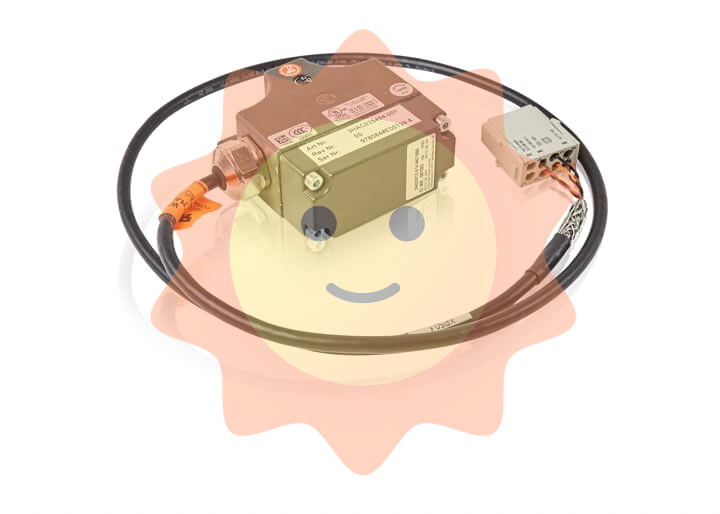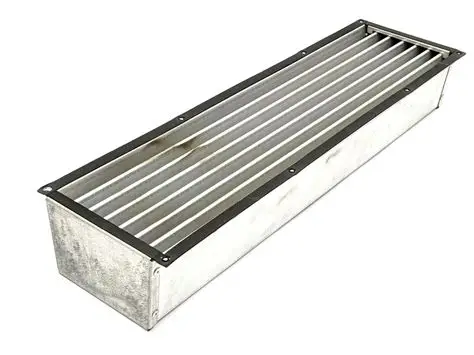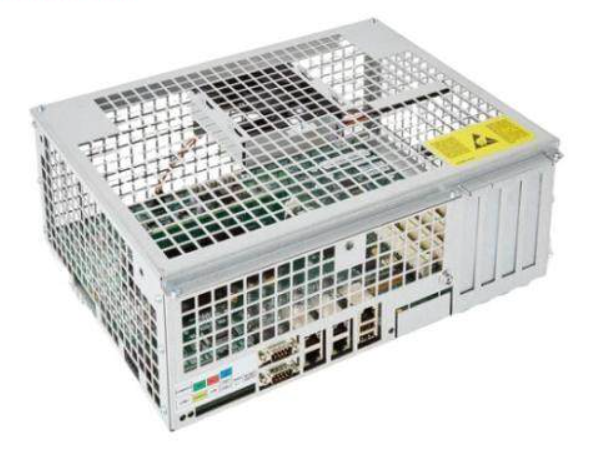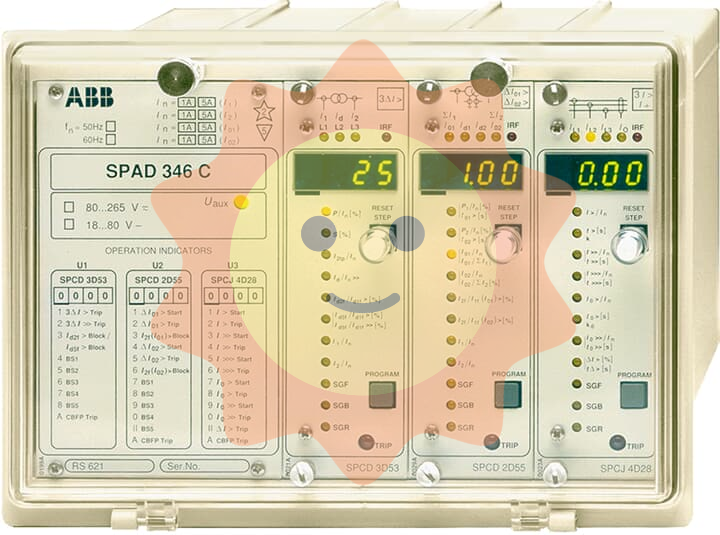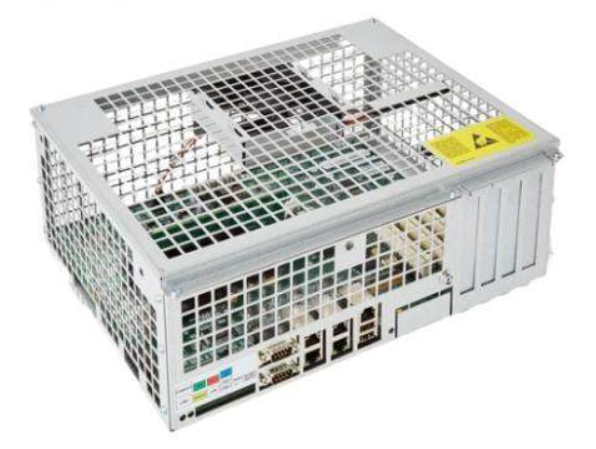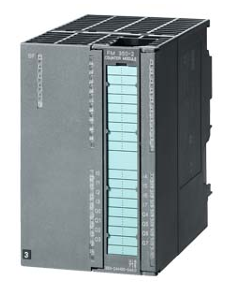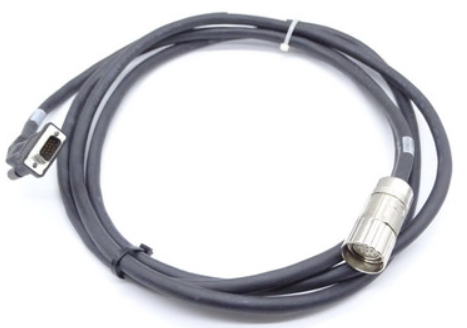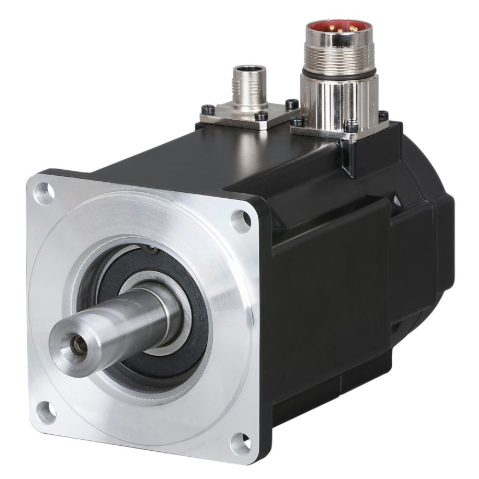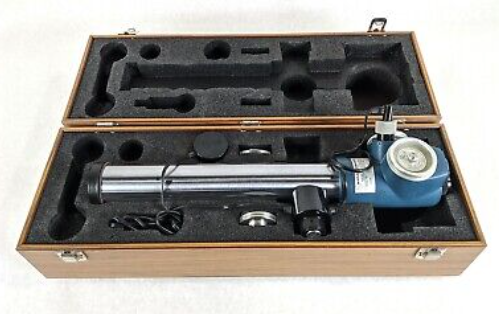Research status and prospect of comprehensive utilization of nuclear energy

In the past decade, many countries have paid more and more attention to nuclear desalination technology, and IAEA has played an important role in organizing and coordinating the process of promoting nuclear desalination. Many member states, including China, have participated in the international cooperative research program organized by the IAEA and proposed their own high-safety nuclear reactor schemes to be applied in seawater desalination systems [18, 19].
At present, the accumulated desalination capacity of the seawater desalination system built or under construction in China is about 600,000 tons/day, and the cost is about 4-5 yuan/ton [20]. Desalination technology is gradually maturing, and with the continuous reduction of costs, its economics are also improving. Most of the domestic nuclear power plants are built in coastal areas, which provides more convenience for promoting the construction of seawater desalination based on nuclear energy. Among them, Hongyanhe Nuclear Power plant, Ningde Nuclear Power Plant, Sanmen Nuclear Power Plant, Haiyang Nuclear power plant, Xudapu nuclear power plant, Tianwan nuclear Power plant, and the future Shandong Rongcheng demonstration nuclear power plant all use desalination technology to provide usable fresh water for the plant. In the mainstream technology of seawater desalination, reverse osmosis method has significant energy saving and is widely used in our country.
3.4 Nuclear Heating
More than 60% of China's regions and more than 50% of the population need winter heating. At present, the main heating methods are central heating and distributed heating. Among them, central heating mainly comes from coal-fired cogeneration or coal-fired boilers, which consumes 500 million tons of coal every year. In order to alleviate the severe environmental pollution and haze weather caused by the use of coal, some areas in China have taken the lead in the project of "coal to gas" and "coal to electricity", but this has also led to the scarcity of natural gas resources and the increase of the burden of the power grid.
As a clean energy, nuclear energy will become an important heating resource in the future. One of the advantages of nuclear heating is that it is low-carbon, clean and large-scale. Taking a 400 MW heating reactor as an example, it can replace 320,000 tons of coal or 160 million cubic meters of gas every year, and can reduce emissions of carbon dioxide by 640,000 tons, sulfur dioxide by 5 000 tons, nitrogen oxides by 1 600 tons, and dust particles by 5 000 tons compared with coal heating.
At present, there are two main ways of nuclear heating: low-temperature nuclear heating and nuclear cogeneration. In the 1980s, Sweden's nuclear power reactor Agesta achieved continuous heating and was the world's first demonstration of a civilian nuclear heating nuclear power plant. Since then, Russia, Bulgaria, Switzerland and other countries have also begun to develop and build nuclear heating systems. In the 1980s, China also began the research and development of nuclear heating reactors; In 1983, Tsinghua University realized China's first nuclear low-temperature heating experiment on a pool research reactor [21]. After years of research and development, two main types of pool heating reactor and shell heating reactor have been gradually formed at the technical level of low temperature nuclear heating. The pool heating reactor is based on the swimming pool experimental reactor, and the shell heating reactor is developed from the current mainstream pressurized water nuclear power plant technology. The biggest advantage of nuclear cogeneration is energy saving, which realizes the optimal allocation of energy resources. The comprehensive energy utilization rate of cogeneration can reach 80%, which has a high comprehensive energy utilization rate. Its disadvantage is that thermal power can not be taken into account at the same time, so it needs to cooperate with nuclear heating to form complementary advantages.
In recent years, the nuclear heating industry has received great attention in China. In 2017, the "Northern Winter Clean Heating Plan (2017-2021)" jointly formulated by ten departments such as the National Development and Reform Commission, the National Energy Administration, and the Ministry of Environmental Protection clearly proposed to study and explore nuclear energy heating, promote active nuclear power units to supply heat to the surrounding areas, and safely develop heating demonstrations. China National Nuclear Group launched the "Yanlong" swimming pool type low-temperature heating reactor, China General Nuclear Power Group and Tsinghua University launched the shell type low-temperature heating reactor, the State power investment proposed a micro-pressure heating reactor, the above nuclear heating pilot has been in Heilongjiang, Jilin, Liaoning, Hebei, Shandong, Ningxia, Qinghai and other provinces and regions to carry out the relevant site universal suffrage and industrial promotion work.
The strategic layout of nuclear heating can effectively solve the situation of heat shortage in many places in north China. In addition, after the introduction of large temperature difference long-distance heat transmission technology, China's nuclear heating will no longer be trapped in the restrictions of long-distance heat transmission, nuclear reactors can be placed beyond the nuclear safety distance, and provide safe and stable heat energy for the city.
- EMERSON
- Honeywell
- CTI
- Rolls-Royce
- General Electric
- Woodward
- Yaskawa
- xYCOM
- Motorola
- Siemens
- Rockwell
- ABB
- B&R
- HIMA
- Construction site
- electricity
- Automobile market
- PLC
- DCS
- Motor drivers
- VSD
- Implications
- cement
- CO2
- CEM
- methane
- Artificial intelligence
- Titanic
- Solar energy
- Hydrogen fuel cell
- Hydrogen and fuel cells
- Hydrogen and oxygen fuel cells
- tyre
- Chemical fiber
- dynamo
- corpuscle
- Pulp and paper
- printing
- fossil
- FANUC
- Food and beverage
- Life science
- Sewage treatment
- Personal care
- electricity
- boats
- infrastructure
- Automobile industry
- metallurgy
- Nuclear power generation
- Geothermal power generation
- Water and wastewater
- Infrastructure construction
- Mine hazard
- steel
- papermaking
- Natural gas industry
- Infrastructure construction
- Power and energy
- Rubber and plastic
- Renewable energy
- pharmacy
- mining
- Plastic industry
- Schneider
- Kongsberg
- NI
- Wind energy
- International petroleum
- International new energy network
- gas
- WATLOW
- ProSoft
- SEW
- wind
- ADVANCED
- Reliance
- YOKOGAWA
- TRICONEX
- FOXBORO
- METSO
- MAN
- Advantest
- ADVANCED
- ALSTOM
- Control Wave
- AB
- AMAT
- STUDER
- KONGSBERG
- MOTOROLA
- DANAHER MOTION
- Bently
- Galil
- EATON
- MOLEX
- Triconex
- DEIF
- B&W
- ZYGO
- Aerotech
- DANFOSS
- KOLLMORGEN
- Beijer
- Endress+Hauser
- MOOG
- KB
- Moxa
- Rexroth


Email:wang@kongjiangauto.com




